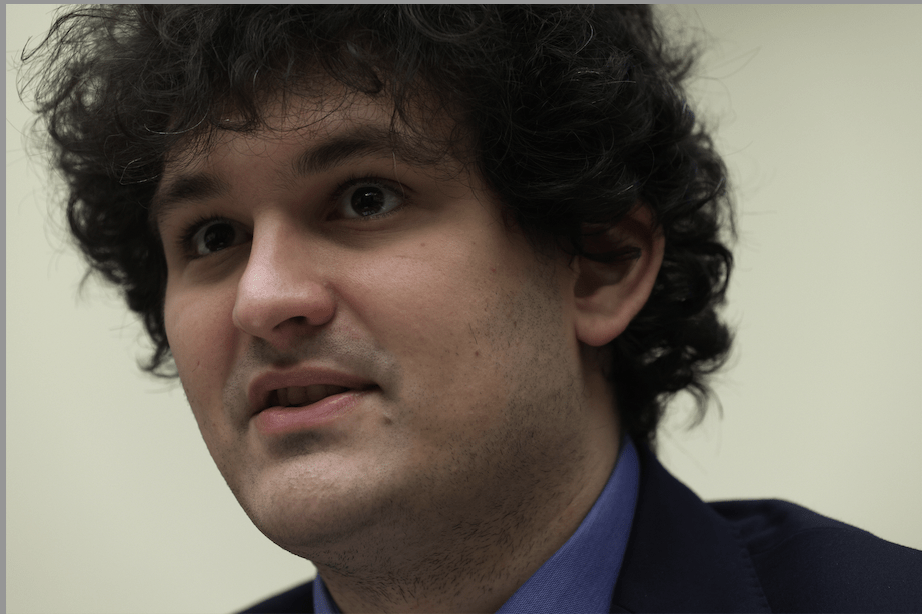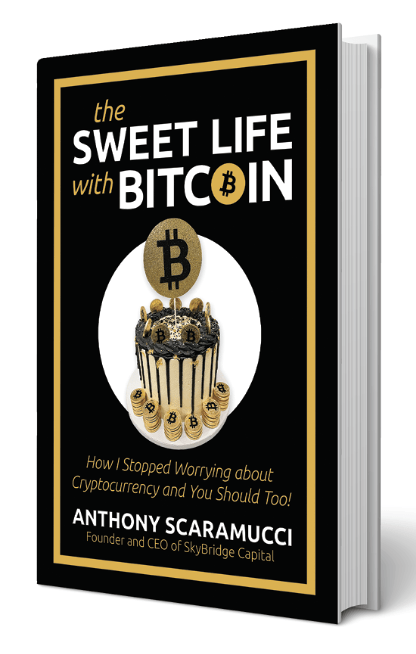New Challengers to YouTube’s Dominance
The original video-sharing platform can’t match the advantages of streaming on the blockchain
As far-fetched as it may seem, cryptocurrency might unleash a new wave of streaming platforms that make YouTube obsolete.
While blockchain technology can’t support streaming or sharing “on-chain,” cryptocurrency engineers have leveraged blockchain technology for distributed data storage platforms.
With these platforms, creators can share and monetize content without restriction by anybody, anywhere, anytime, while keeping those videos secure on their own devices. Think of it as YouTube served from your iCloud, except with more security.
The content lives on personal storage devices and connects to massive, open, permissionless sharing platforms. Tokens and incentives reward users who secure the data, validate transactions, manage the movement of data, and lend storage and computing power to the network.
When demand for data grows or shrinks, storage providers join or leave. Bandwidth adjusts as needed to create efficiencies of scale and, ideally, better prices and a wider range of options for those who want to host, serve and monetize their content.
Freedom from YouTube
Because creators own their content outright and monetize their creations with cryptocurrency, these platforms give them new revenue streams and subscription models.
YouTube limits what creators can do and sells engagement to advertisers. The user is the product, not the customer.
They can also borrow against their videos, give money directly to subscribers, and build marketing programs and promotions to grow their audiences.
YouTube takes most of their revenue, forces them to accept unwanted ads and sometimes deletes their content without warning or recourse.
These “Web 3.0” platforms do not. Creators control their content, money and audience. They keep 100% of their profits and can never get kicked off.
Data-driven content
It’s not the streaming that matters but how these platforms handle content.
On the internet, content is simply data. That data needs to live somewhere before anybody can share it.
YouTube facilitates that process and adds layers of features to enhance the user experience and generate profits for YouTube.
At the same time, YouTube limits what people can do and sells engagement to advertisers. Like most internet businesses, the user is the product, not the customer.
Distributed data-sharing platforms don’t have anything to do with social media. They solve problems with cloud services and data centers.
But, in doing so, they lay the foundation for new business models that can replace legacy internet platforms. The data stays with the creator and remains accessible to the user on whatever terms the creator decides.
What projects to look for
Projects and tokens abound. Here are a few.
THETA
Theta.tv rewards creators and viewers with its THETA cryptocurrency, which powers a range of services on the Theta network, including a prospective metaverse.
Theta was launched in 2020, but the future might belong to two newer, smaller platforms specializing in the data layer that underpins streaming services.
The bet is that their robust functionality will entice developers and creators to build streaming and sharing services on top of their platforms.
Arweave
Arweave stores, secures and publishes content. Once published, the content lives in perpetuity as a global identifier that can patch into any financial or sharing protocol. AR tokens serve as a ticket to the network and its protocols.
Züs
Züs is more like Amazon Web Services (AWS), except with a different architecture and payment model.
Users post a certain number of Züs cryptocurrency (ZCN) tokens for access to the platform. As they use data, they pay tiny amounts to storage providers.
The data, bandwidth and infrastructure are already there. Tokens serve as units of account and currency for everyone who uses the platforms. Entrepreneurs and developers need to create the APIs, applications and
financial models.
In due time
Today, these platforms lack easy interfaces. They’re new and have don’t have many that do the work for creators.
Nobody will hire a blockchain development team to bootstrap a streaming channel when Twitch does fine. The investment opportunity doesn’t pay off anytime soon.
With “Web 3.0” platforms, creators control their content, money and audience. They keep 100% of their profits and can never get kicked off.
The hope is that one of these platforms will grow, and innovators will build new interfaces, features and subscription models. If that happens, the tokens will trade at much higher valuations in five or 10 years as networks grow around them.
YouTube needs to pay for data centers, developers, lawyers, marketers, customer support agents and all sorts of other costs. These platforms get all of that for free.
So, the question isn’t whether YouTube can compete with these platforms. The question is whether YouTube can compete with 7.9 billion people who can create, serve and consume all the world’s content without ever needing to use YouTube.
Mark Helfman, crypto analyst at Hacker Noon, publishes the Crypto Is Easy newsletter at
cryptoiseasy.substack.com and wrote Bitcoin or Bust: Wall Street’s Entry Into Cryptocurrency.
@mkhelfman




















